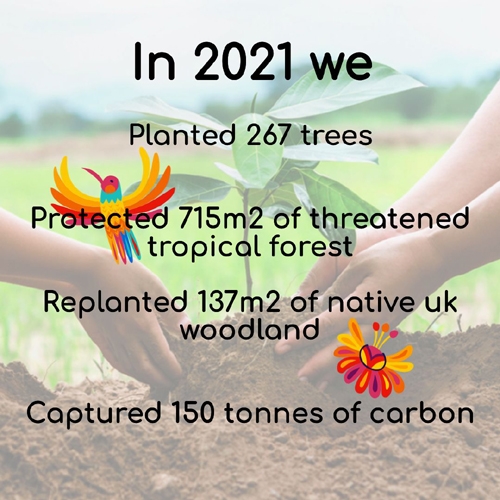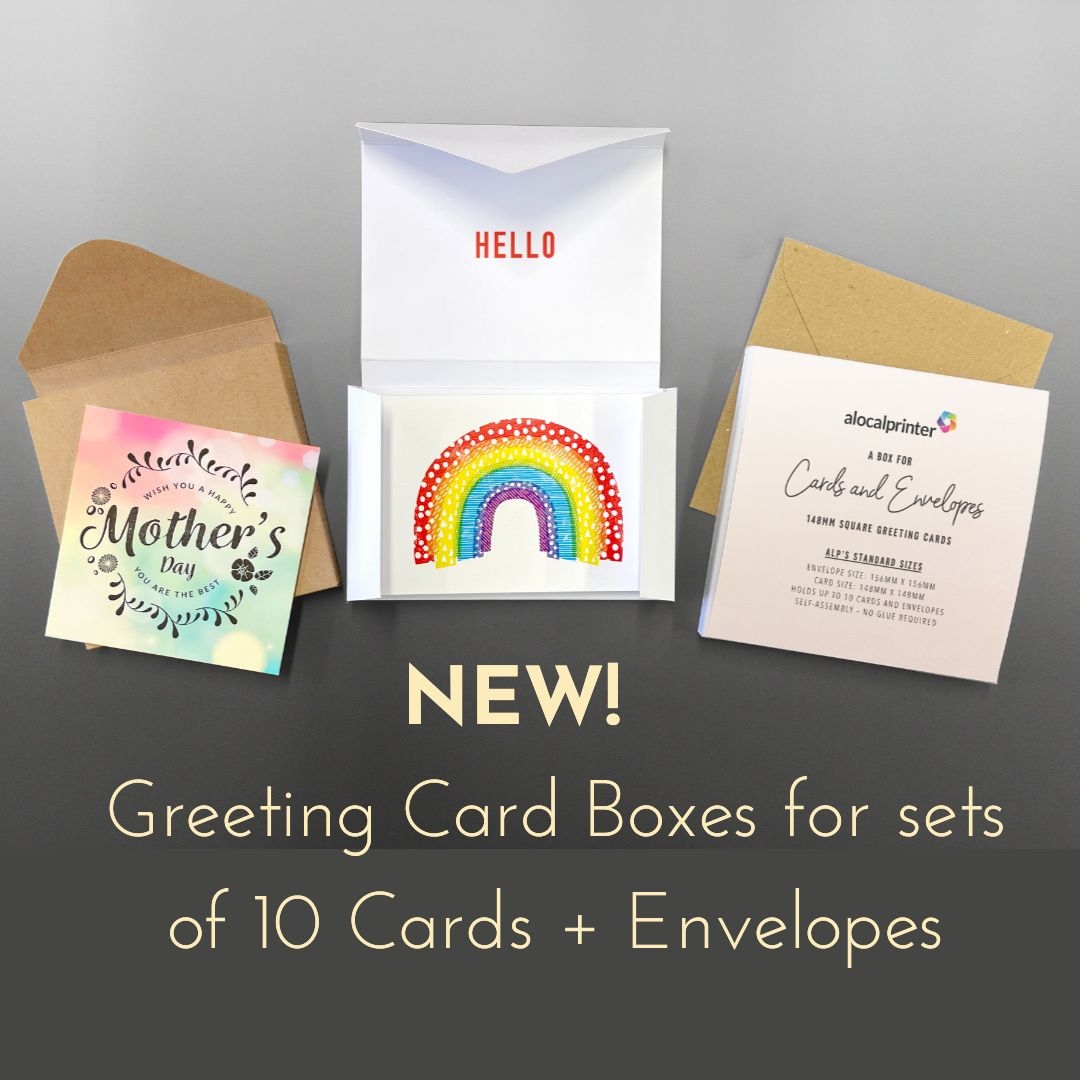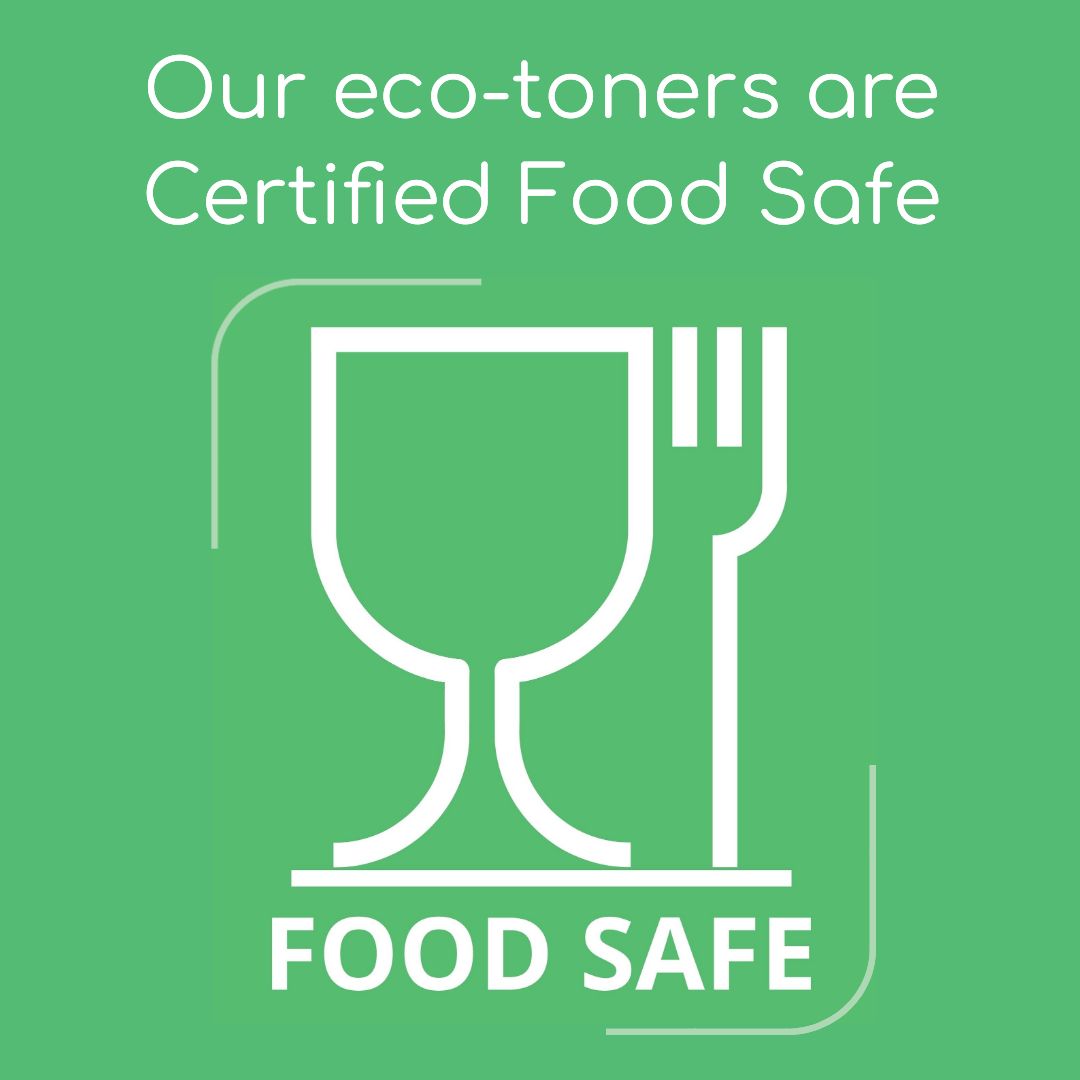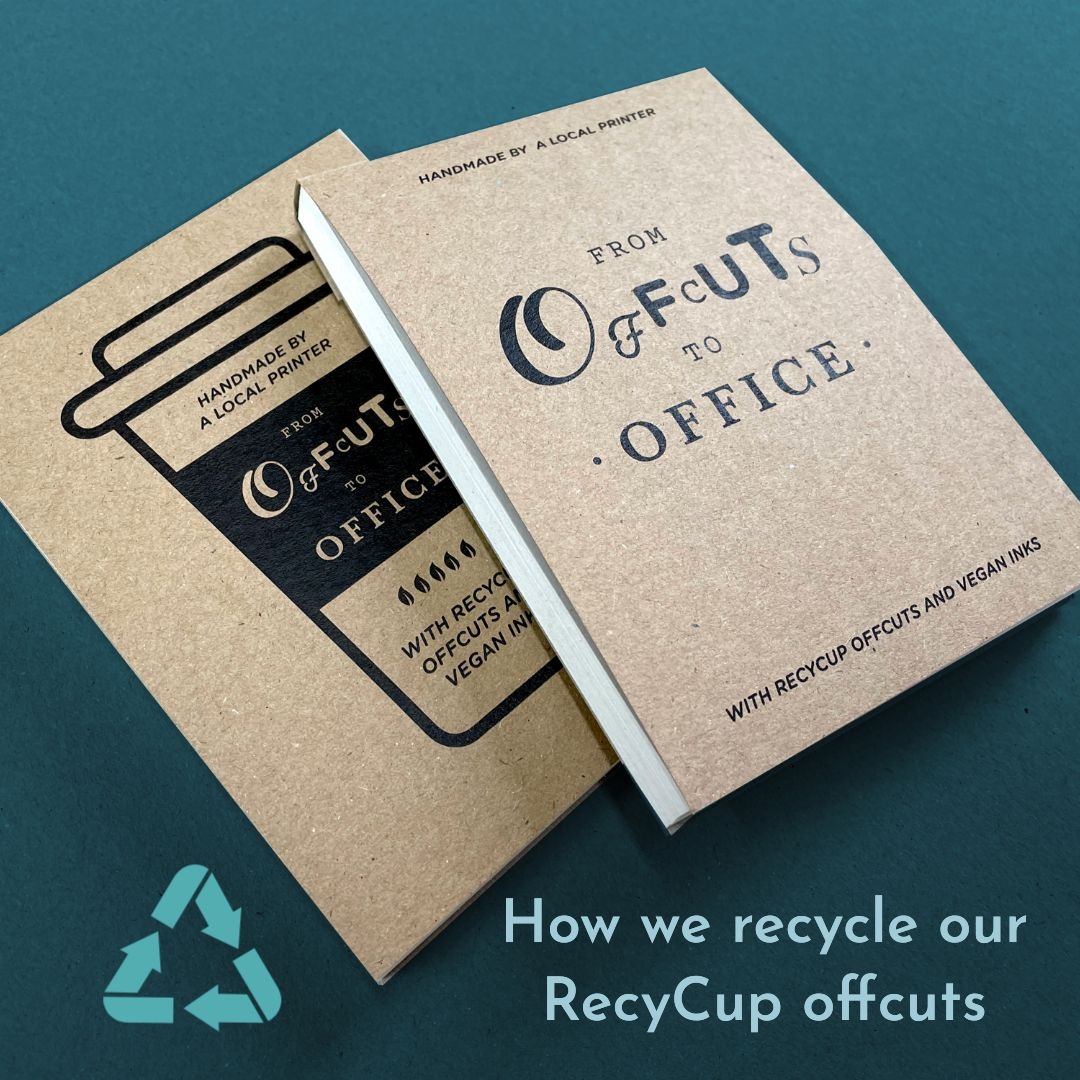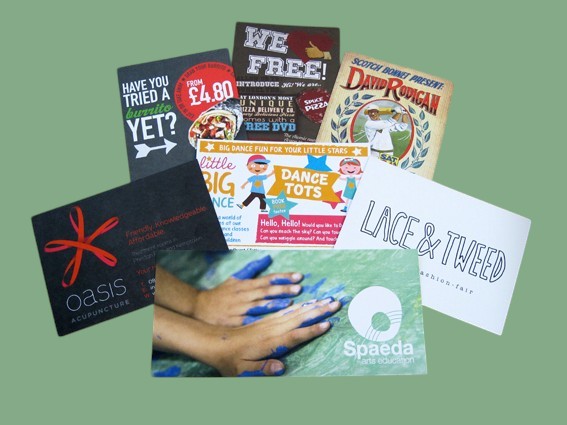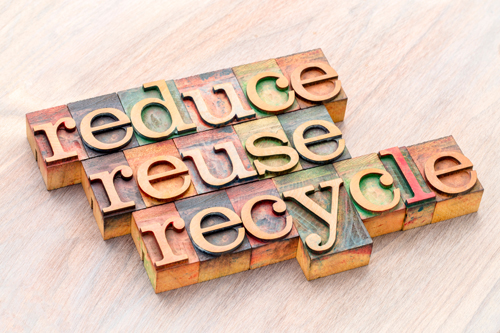
The Three R’s used to refer to Reading, Writing and Arithmetic but are now better know as Reduce, Reuse and Recycle. But there is a new interloper in town – Carbon Reduction – and it’s getting a lot of traction. Does this mean that we should forget about the three R’s and head in a different direction in order to reach our environmental goals and more importantly, which is more beneficial?
Currently Carbon is King in as much as less is definitely more. Taking steps to lower greenhouse gas emissions directly addresses global warming and in turn the frequency and severity of its consequences. But for many, taking steps towards lowering carbon emissions is a long, and potentially costly, exercise – particularly for small businesses. So how can this be achieved cost effectively?
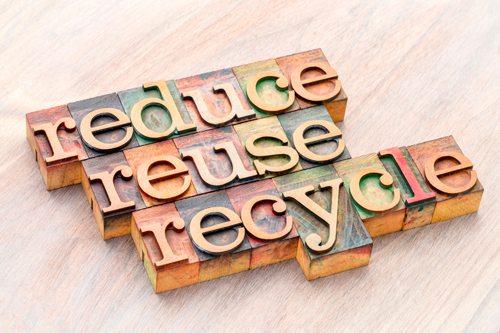
Carbon Reduction Cost Saving Strategies
In a nutshell small business owners can lower their carbon reduction costs through switching to a green energy tariff; engaging with suppliers to cut their own emissions, reducing waste and improving efficiencies, also known as Reduce, Reuse and Recycle.
Reduce:-
Take a product that you have purchased and then really look at it. How were the raw materials made and where did they originate from? How many miles and how much energy did that require? How were the raw materials turned in to the product and what energy did it require? How long will the product last and how is it disposed of? And finally, how can we lessen the impact of this product? The quick answer – Reduce the usage. The long answer – repurpose or reuse production waste, optimise product design (which is getting a good foothold in minimising packaging), employee engagement, monitor and measure.
Reuse:-
At ALP reusing is one of our favourite things. Here are just a few of the items we reuse and how:-
- Single sided print make-ready or overs is used as photocopy paper
- Lined school book text paper is made into notepads
- Discontinued paper is turned in to notebooks that we then donate
- Discontinued paper is turned in to small notepads that we send out with customer orders
- Cardboard boxes are shredded and used a box filler
Recycle:-
At the end of the day there will always be items that have reached the end of their lifespan and these are what need to be considered for appropriate recycling – their last gasp before being sent to landfill. To a certain extent this is the easiest of the Three R’s to follow as plastics, paper and glass are all readily recyclable. Where effort is involved is in sorting and storing, and in separating items that have different recycling facilities, such as clothes, batteries and electronics. But those facilities are there and free to use at council run waste stations – all it takes is a little time.
In summary, the Three R’s isn’t just an environmental trend but protecting the planet for future generations, hand in hand with carbon reduction.

 Basket
Basket



